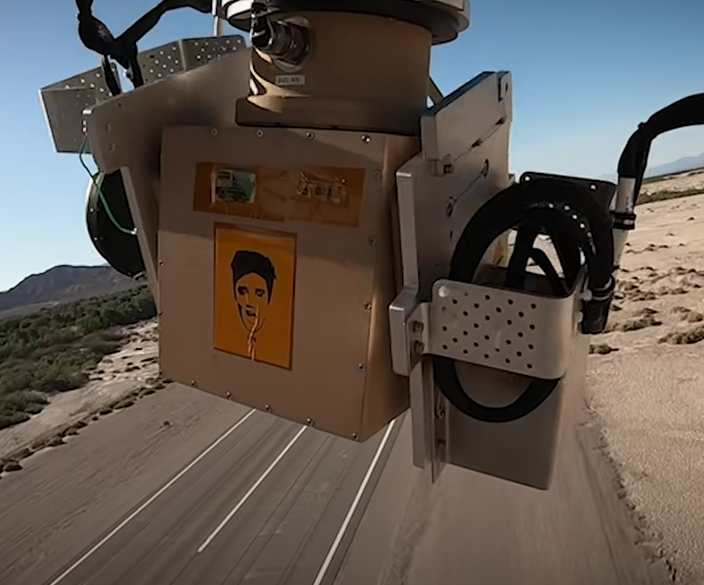A while ago I read a great book called Rise of the Rocket Girls: The Women Who Propelled Us, from Missiles to the Moon to Mars. It’s a fantastic history of the role that women have had specifically at JPL in Pasadena, and was also a great story on the role of women in computer science; one that I think everyone should read, and more importantly, that everyone can appreciate. At its core, it’s a great story of human ingenuity and perseverance, which brings us to the topic of this post.
Also a while ago, the JPL YouTube channel released a video of a series of different tests they had conducted in preparation for Perseverance’s trip to Mars. I’ve linked it below, and I would highly recommend watching it. It’s just one of those videos that puts you in the wonderful glow of science and what we can do as a team. Which is cheesy, but something that I think is very necessary given the current state of the world.
What this video does fantastically is show the massive effort that landing Perseverance took(or rather, will take). The tests shown spanned states and disciplines, and no one component was built alone. Not to mention, how crazy some of them looked, like the centrifuge in Santa Clarita, or the LVS(Lander Vision System) hanging out of a helicopter over Death Valley.
When I first watched this video, the LVS test in Death Valley(or rather, over) caught my eye. It’s the Lander Vision System Test at around 1:17 in the video if you want to watch it again. I mean it’s just some scientists out in the desert testing a camera system for detecting landing hazards that happens to hang out of a helicopter, and have the likeness of Elvis taped to the side of it. Thus concludes our introduction to the wonderful Lander Vision System, or as I like to call it, the other Elvis.
The other Elvis.
My curiosity(haha, rover joke) was instantly piqued and a hop skip and a Google search later, I found this wonderful paper about the whole system. I won’t do a full recap of it here, but reading this paper was just amazing. I read it when I was really beginning to dig into the content of my computer architecture course last semester, and seeing the architecture design and actually understanding even a tiny part of it was really awesome. Besides that, I was just blown away by how they handled all of the different edge cases. I mean we’re talking about preparing for different angles of entry, what if the camera can’t get its bearings, what if the heat shield blocks the camera’s view? All of these little things that can go wrong, but they’re prepared for them. I think it’s just really wonderful.
And, SN9 launched today! And while probably not the flight the engineers had hoped for, I’m excite for what they do with SN10.
